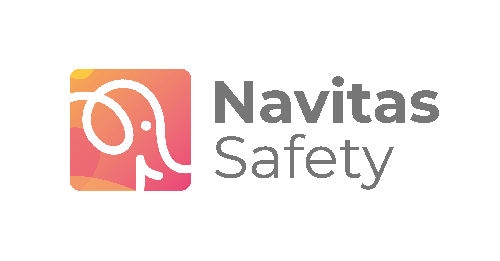On 14 February 2025, a devastating fire ripped through the iconic Chiltern Firehouse Hotel in Marylebone, London. According to reports from the London Fire Brigade, the blaze originated in the kitchen and spread rapidly via ducting to the roof, ultimately destroying the third floor and roof and damaging multiple levels of the building. Thankfully, all 100 people inside were safely evacuated before emergency crews arrived.
But the fire—triggered by burning wood falling from a pizza oven into a void between the basement and ground floor—has reignited important conversations around fire safety, especially in commercial kitchens.
Kitchens are high-risk environments for fire. From live flames and grease build-up to solid fuel and extraction systems, hazards are everywhere. At Navitas Safety, we’ve seen first hand how preventable many kitchen fires are when the right assessments, systems, and training are in place. So, what lessons can be taken from this recent event?
Key Risk Areas to Assess in Commercial Kitchens
Whether you run a fine dining restaurant, a QSR outlet, or a hotel kitchen, the following controls and practices are essential for minimising the risk of fire:
Fire Risk Assessment
A fire risk assessment is the starting point of any safety strategy. It’s designed to identify ignition sources, combustible materials, and areas of concern like compartmentation or voids. Conducted by a competent person, this assessment not only informs risk control measures but ensures legal compliance and peace of mind.
In the case of Chiltern Firehouse, fire and smoke spread rapidly through ducting and hidden voids—something a thorough risk assessment might have flagged as needing further protective measures.
Passive Fire/Compartmentation Surveys
A passive fire survey evaluates how well a building can contain and delay the spread of fire. It includes assessing fire doors, fire-resistant walls and floors, dampers in ducting, and other compartmentation measures. These are often overlooked until it’s too late. Any structural work or changes to utilities that compromise fire-resistant compartments should be flagged and addressed immediately.
Maintenance of Firefighting Equipment
Your first line of defence in a fire is often the firefighting equipment on-site. While this wasn’t a noted issue in the Chiltern case, ensuring regular servicing of extinguishers, fire blankets, and kitchen suppression systems (like Ansul) is vital.
Regular Servicing of Catering Equipment
Unmaintained catering equipment can pose significant fire risks. This includes everything from PAT testing and gas safety checks to general preventative maintenance. Hot oil fryers, in particular, are one of the most common causes of kitchen fires.
Extraction and Ductwork Cleaning
Grease buildup in kitchen ductwork is a hidden but major risk. Extraction systems must be cleaned to TR19 standards by competent professionals at intervals appropriate to your kitchen’s usage. Grease deposits are a perfect fuel source—combine that with high kitchen temperatures, and you have a fire waiting to happen.
Solid Fuel Safety Practices
Handling and storing solid fuels like wood or charcoal presents unique risks. Safe storage, proper lighting procedures, ember control, carbon monoxide precautions, and safe ash disposal are all critical elements to include in your fire risk assessments and SOPs.
Fire Safety Training for Staff
Training is your strongest prevention tool. Staff must understand how to prevent fires—such as not leaving fryers switched on when empty—and what to do if one breaks out. Regular fire drills, safe working procedures, and fire prevention training can mean the difference between a near miss and a major incident.
The Real Risk: Repetition Without Action
Fires like the one at Chiltern Firehouse serve as a powerful reminder of the importance of ongoing vigilance. Often, fire risks are identified in audits or incident logs—but without the right follow-up, they can occur again. That’s why we advocate for supercharged, data-driven training that responds to your real-world risk profile.
At Navitas Safety, our team of experienced safety consultants (including former EHOs) are here to help businesses take a proactive, preventative approach to fire safety. From full fire risk assessments and passive fire surveys to tailored training and digital reporting, we support hospitality businesses in turning risk into readiness.
Need Support?
Fire safety isn’t just a compliance box to tick—it’s about protecting lives, property, and your business reputation.
If you’d like help assessing your current risk, training your team, or planning a digital-first safety strategy, get in touch with Navitas Safety today.
Because the best time to plan for fire safety… is before the fire starts.

Kirstie Jones – Head of Safety
With 25 years of experience in environmental health and safety consultancy, Kirstie joined Navitas in 2011 following 11 years in local government, where she gained extensive experience in food and Health & safety regulation and enforcement. Kirstie is passionate about partnerships and supporting clients to achieve leading safety compliance in their sector.










